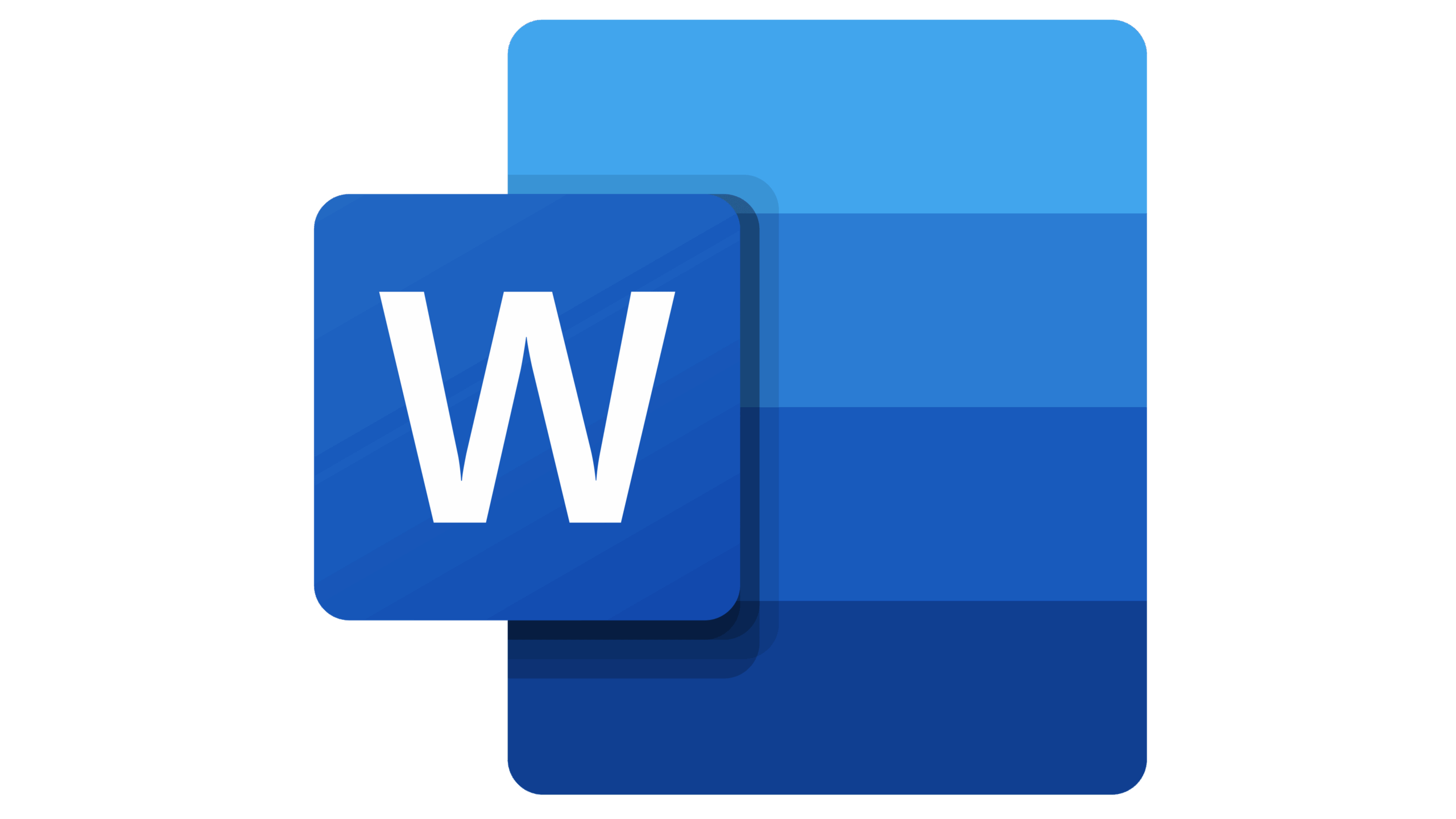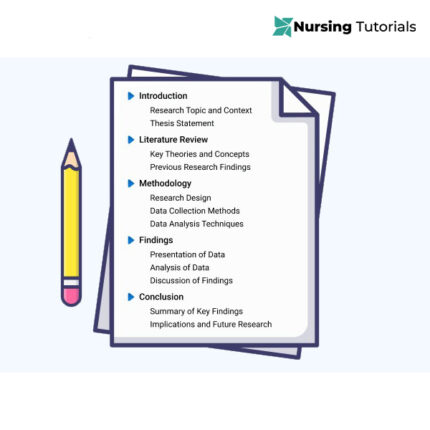Solution : Chamberlain Pharmacology 2 Exam Guide
Executive Summary
This study guide provides a comprehensive guide customized for the Pharmacology II exam. It condenses essential drug classes, mechanisms of action, side effects, antidotes, contraindications, and nursing considerations into a clear and structured format exactly what students need for rapid recall and exam success.
The guide covers core pharmacologic categories and high-yield drugs tested in the course, including:
-
Anticoagulants and Antiplatelets
- Heparin, Enoxaparin (Lovenox), Warfarin (Coumadin), Clopidogrel (Plavix)
- Key labs (aPTT, PT/INR), contraindications, antidotes (Protamine sulfate, Vitamin K)
Nursing priorities and patient education on bleeding risks
2. Cardiac and Antihypertensive Drugs
- Beta Blockers (Carvedilol), Calcium Channel Blockers (Verapamil), Alpha Blockers (Doxazosin), Clonidine
- Mechanisms (negative chronotropic, inotropic effects), adverse effects, patient monitoring
Emphasis on orthostatic hypotension, rebound hypertension, and patient safety
3. Respiratory Medications
- Albuterol, Fluticasone, Montelukast (Singulair)
- Short-acting vs. long-term use, inhaler sequencing, thrush prevention, mental health warning
4. Cholesterol and Lipid Management
- Statins (Atorvastatin, Rosuvastatin), Niacin, Fibric Acid Derivatives, PCSK9 Inhibitors
- Mechanisms of action, adverse effects (myopathy, rhabdomyolysis), and drug interactions
5. Cardiac Glycosides and Heart Failure Management
-
Therapeutic ranges, signs of toxicity, antidotes, and potassium’s role in safety
-
Digoxin, Milrinone
6. Vasodilators and Nitrates
-
Storage, dosing intervals, handling during hypertensive crises
Nitroglycerin tablets and patches, Nitroprusside
7. Miscellaneous High-Yield Topics
-
Differentiation of drugs within similar classes for exam clarity
-
Antihistamines (H1 vs. H2), Aspirin (NSAID), Niacin flushing management
🎯 How This Guide Helps Students Pass
1. Condensed, Exam-Focused Format:
Each section goes straight to what’s tested lab values, antidotes, contraindications, and red-flag side effects.
2. Simplifies Complex Drug Concepts:
Breaks down pharmacodynamics and pharmacokinetics into bullet points and short notes for faster memorization.
3. Supports Active Recall and Application:
Structured Q&A and keyword formatting mirror NCLEX-style thinking “What to monitor,” “What to avoid,” “What to teach.”
4. Integrates Nursing Priorities:
Highlights real-world nursing implications, helping students apply pharmacology in clinical reasoning and safe practice.
5. Reinforces Key Safety Principles:
Covers high-risk drugs (anticoagulants, cardiac meds, opioids) with their antidotes and black box warnings to strengthen exam confidence.
In Summary
The Pharm 2 Study Guide summarizes the entire semester’s worth of advanced pharmacology into a succinct, high-yield guide that allows you to master drug classes, memorize antidotes, and understand safety implications all crucial for excelling on Chamberlain’s Pharm 2 exam.
It’s the perfect “last-mile” tool to pass on the first attempt with confidence and clarity.
$30.00 Original price was: $30.00.$10.00Current price is: $10.00.
Chamberlain Pharmacology 2 Exam Guide
Anticoagulants do not dissolve clots, just prevent them. Heparin (parins) – Anticoagulant
- Laboratory Test – aPTT/INR, check aPTT before administering heparin
- LMWH – Enoxaparin (Lovenox), aPTT NOT needed, monitoring also not needed for this medication. Should not be given to patients with indwelling epidural catheter, can cause epidural hematoma.
- Patient Education – watch for bleeding of the gums, petechiae, blood in urine. This is a sign of thrombocytopenia (loss of platelets, normal level 150,000-300,000). You can give heparin prophylaxis 5-10 units, DO NOT MASSAGE!
- Do not expel bubble when giving Heparin, therapeutic dose given is
- Antidote – Protamine Sulfate
Warfarin (Coumadin) – Anticoagulant
- Laboratory Test – PT/INR
- Patient Education – Warfarin is STRONGLY contraindicated in pregnancy. Also avoid green leafy vegetables (vitamin K) since warfarin inhibits vitamin K synthesis by bacteria in the gut. If bleeding occurs, like listed above, call HCP. They will need to draw labs for PT and INR. Prevents clots.
- Treatment if you’ve had a clot as well, A-fib
- Indicated after mechanical heart valve surgery or orthopedic surgery (needs a blood thinner)
- Antidote – Vitamin K
Carvedilol (lols) – Beta Blocker
- Indicated for which patients?
- Antihypertensive medication: treats angina, hypertension, dysthymias, and
- Can cause orthostatic (postural) hypotension, e. dizziness
Beta Blockers – blocks beta 1 receptors on the heart
- Decrease heart rate and contractility (negative ionotropic/chronotropic)
- Given to prevent clots as well
- Adverse Effects:
- Hypotension
- Bradycardia/ AV Block (slows heart rate)
- Dizziness/fatigue
- Lethargy/depression
- Contraindications:
- Cautiously given to those with asthma/ COPD
- Diabetes
- Cardiogenic shock/heart block
Click “Add to the Cart ” or “Buy now” to access the entire guide.



